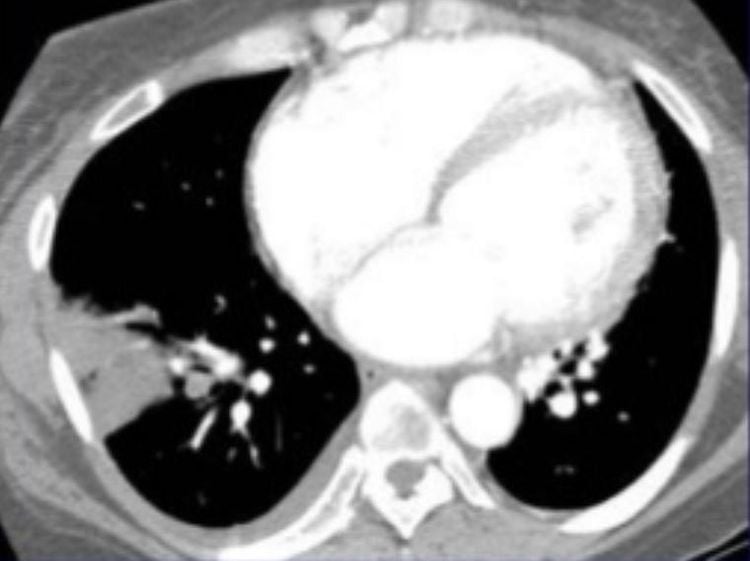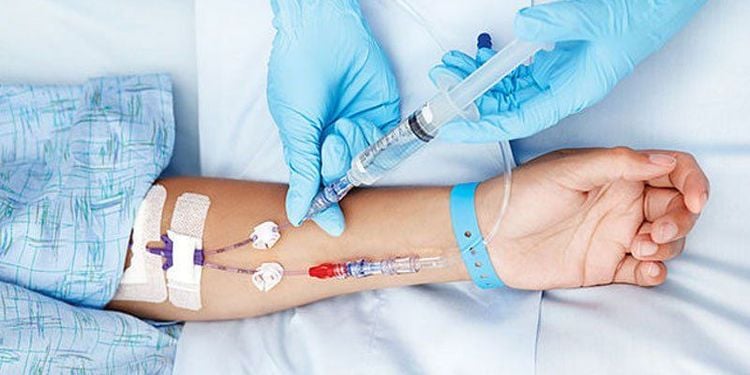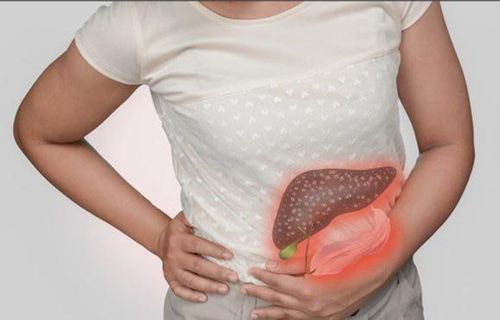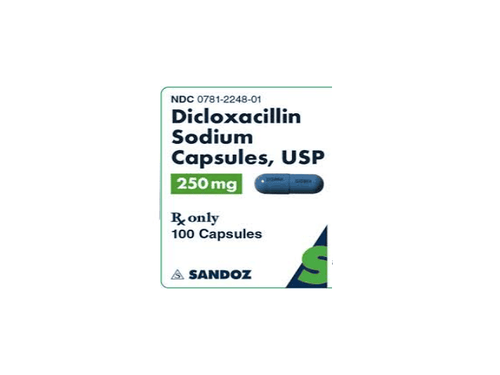This is an automatically translated article.
The article is professionally consulted by Master, Doctor Nguyen Viet Thu - Doctor of Radiology and Nuclear Medicine - Department of Diagnostic Imaging and Nuclear Medicine - Vinmec Times City International General Hospital.The glacial melt sign on straight chest radiograph is used to indicate the appearance of a reversible pulmonary infarction on straight and CT scans, which looks like a gradual inward surface melting of the ice mass. in.
1. Surface sign of glacial melt on straight radiographs
A pulmonary infarction is a blockage of the pulmonary artery or one of its main branches. Pulmonary infarction is mainly caused by a blood clot traveling from afar. Pulmonary infarction is a common complication of cardiovascular patients. The frequency of the disease now tends to increase due to the increasing life expectancy of people.The ice melt sign on straight chest radiograph refers to the appearance of a reversible pulmonary infarction on straight film and CT, which looks like a gradual thawing of the ice mass from the outside. in. However, radiographic signs of glacial melt should be distinguished from those of convalescent pneumonia.

Nhồi máu phổi trên phim CT: Hình mờ tam giác, đáy nằm trên màng phổi và đỉnh hướng về rốn phổi
2. Management of pulmonary infarction
2.1. Management of large-scale pulmonary infarction with hemodynamic disturbances ● Intensive resuscitation, comprehensive and accurate assessment of the patient's hemodynamic status.● Treatment of cardiogenic shock: make sure the fluid is filled with macromolecular fluids.
● Treatment of myocardial contractility: Using drugs to enhance myocardial contractility, in case blood pressure cannot be increased, vasopressors should be used.
● Treatment of acute respiratory failure: high-volume oxygen breathing through a nasal cannula or through a mask.
● Treatment of fibrinolysis: Indications for severe pulmonary infarction; Pulmonary infarction is hemodynamically stable but with echocardiographic signs of acute bronchiectasis.
2.2. Management of pulmonary infarction without hemodynamic disturbances Treatment is aimed at preventing the spread of pulmonary infarction, facilitating clot lysis and clearing the infarct. Specifically:
● Heparin therapy: This is the first basic treatment for patients with pulmonary infarction. Regular intravenous heparin or subcutaneous low molecular weight heparin can be administered.
● Venous membrane filter: Indicated for patients with pleural infarction with deep vein thrombosis of the lower extremities spreading into the vena cava, strong mobile thrombus tail; deep vein thrombosis of the lower extremities causing repeated pulmonary infarction; DVT has recently formed, but the patient needs to discontinue anticoagulation for another medical condition or has a current contraindication to anticoagulation.

Tiêm truyền tĩnh mạch heparin thường trong xử trí nhồi máu phổi không rối loạn huyết động
Ths.Bs Nguyen Viet Thu has more than 20 years of experience working in the field of diagnostic imaging, former Secretary of the Department of Radiology in Hanoi, directing the lower level in the field of Diagnostic Imaging. Currently, the doctor is working at the Department of Diagnostic Imaging and Nuclear Medicine - Vinmec Times City International General Hospital.
Any questions that need to be answered by a specialist doctor as well as customers wishing to be examined and treated at Vinmec International General Hospital, you can contact Vinmec Health System nationwide or register online HERE.














